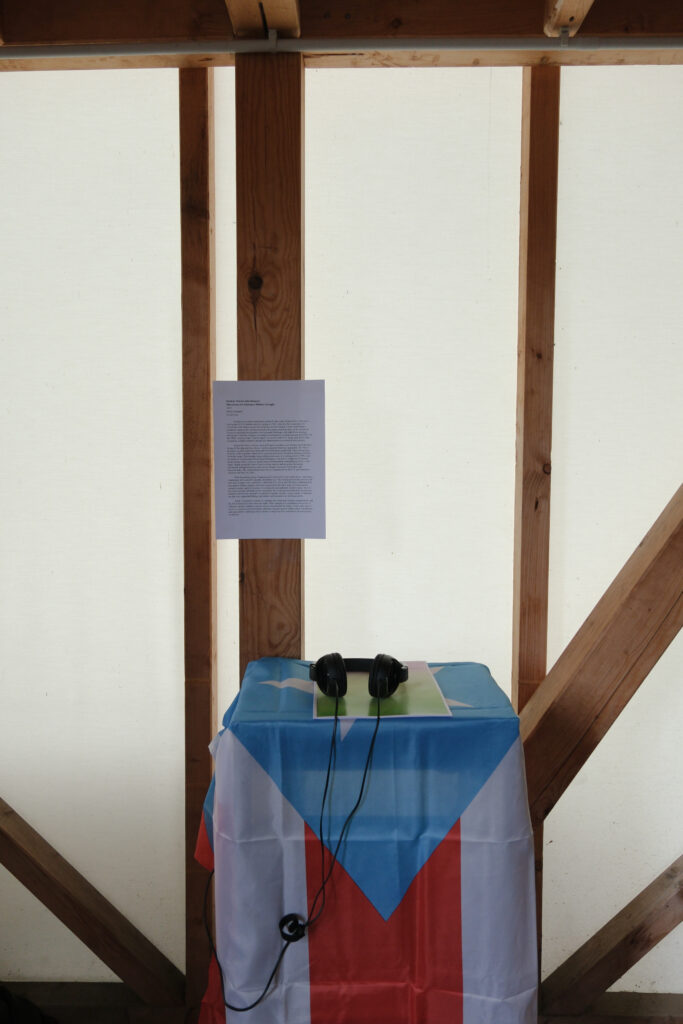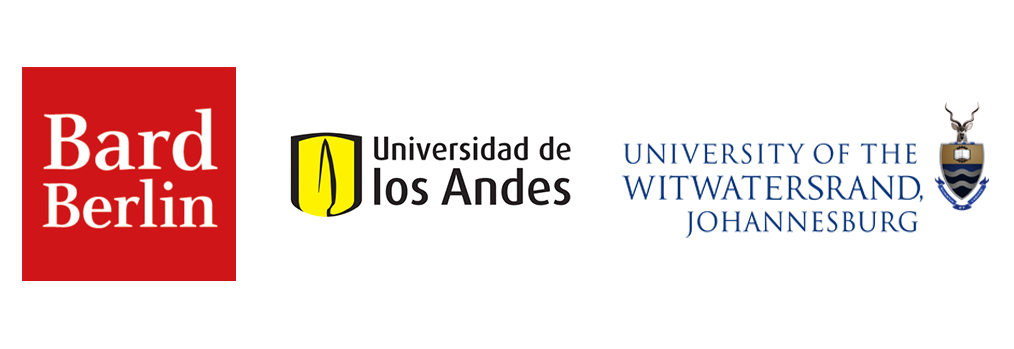Dashely Valeria Julia Ramirez
Microcosm of a Planetary Military Struggle
2025, Bard College Berlin
Inkjet on paper 21×29.7cm
Vieques is an island municipality about 8 miles east of Puerto Rico. It became a focal point of U.S. military activity starting in 1941, when the Navy annexed over two-thirds of its land to secure the Caribbean and the Panama Canal, establishing a munitions depot on the western end and a live-impact training range on the eastern tip. Exercises included naval gunfire, air-to-ground bombings, and amphibious landings. During the Cold War, Vieques was further entrenched as a training ground for NATO. By the 2000s, exercises like “Unified Spirit” involved 31,000 U.S. troops and NATO allies simulating combat scenarios, though live ammunition was restricted after protests.
Before the Navy’s arrival, most of Vieques’ residents were farmers and fishermen, living off the land and sea, often as landless peasants known as agregados. The Navy’s presence severely restricted where and when fishermen could work, often closing large portions of the coastline, which led to repeated protests by fishermen blocking exercises with their boats. This decades-long militarization came to a turning point in 1999, when the death of civilian guard David Sanes Rodríguez, struck by a misplaced 500-pound bomb during a Navy exercise, ignited mass demonstrations demanding the Navy’s exit. Sanes’ death, alongside years of prior civilian injuries and mounting frustration, galvanized widespread protest, not only in Vieques but across Puerto Rico and internationally. The sustained pressure led to a commitment by the U.S. government to withdraw the Navy by 2003.
With the military gone, Viequenses have been left to pick up the pieces, navigating a landscape still scarred by decades of military use. The cleanup process has proven to be slow and, in many ways, ineffective. While the U.S. Navy and EPA have collaborated on remediation efforts, progress has been hampered by the sheer scale of contamination, complex terrain, and the presence of ecologically and culturally sensitive areas. Most of the island remains off-limits to the community due to the persistent threat of unexploded ordnance buried in the ground or scattered along the coastline. Large swaths of land and sea that once supported fishing, agriculture, and recreation are still inaccessible.
Today, Viequenses continue to organize for a thorough cleanup, compensation, and the full restoration of their land and rights. Their struggle is a testament to the power of collective action, solidarity, and the unwavering demand for justice. At the same time, it serves as a microcosm of a broader, planetary struggle against militarization, colonialism, and imperialism –challenges that continue to shape the lives and futures of communities worldwide.


